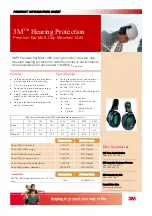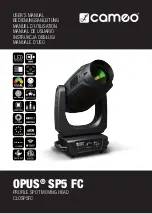
FCAR FD505 Wheel Alignment System User Manual
54
(1)
If it is a vacuum tire (radial tire), the two wheels on the left and right sides of the
front wheel should be aligned and then test the vehicle.
(2)
After the left and right wheel alignment, if the off-track direction is opposite to the
direction before the adjustment, it can be determined that the front wheel slip is one
of the influencing factors (often the main factor). There are two solutions:
①
four
wheels are fully aligned until the combination of eliminating the deviation is found;
②
the tires of any wheel in the front axle are removed, and then turned over (180°)
and then installed. In most cases, after the tire is turned over, the off-track caused by
the side slip can be greatly reduced. If the effect is not obvious, the driver is advised
to replace the new tire.
(3)
If the left and right wheels of the front wheel are aligned and the direction of the
off-rack is unchanged, repeat the same process for the left and right wheels of the
rear axle.
(4)
If the off-track direction remains the same after the rear wheel is aligned, it can be
determined that the off-track is not caused by the side slip. Four-wheel positioning
measurement must be performed to further find out the cause.
Fourth step: Four-wheel alignment measurement and result analysis
The measurement methods and operation steps of the aligners of different
manufacturers are not the same, and there is no unified mode. But the basic operating
process is basically the same:
(1)
Select the correct vehicle mode.
(2)
Wheel rim compensation (ROC), in the current practice, many four-wheel alignment
service providers often omit this step in order to save trouble. It should be very
careful when omitting this step. First, the vehicle rim must be in good condition, and
secondly the sensor clamp must be carefully checked and confirmed to be fully
seated. Otherwise, ignoring the wheel compensation may cause an error of 0.1° to
0.2°. This is a big error in some cases.
















































